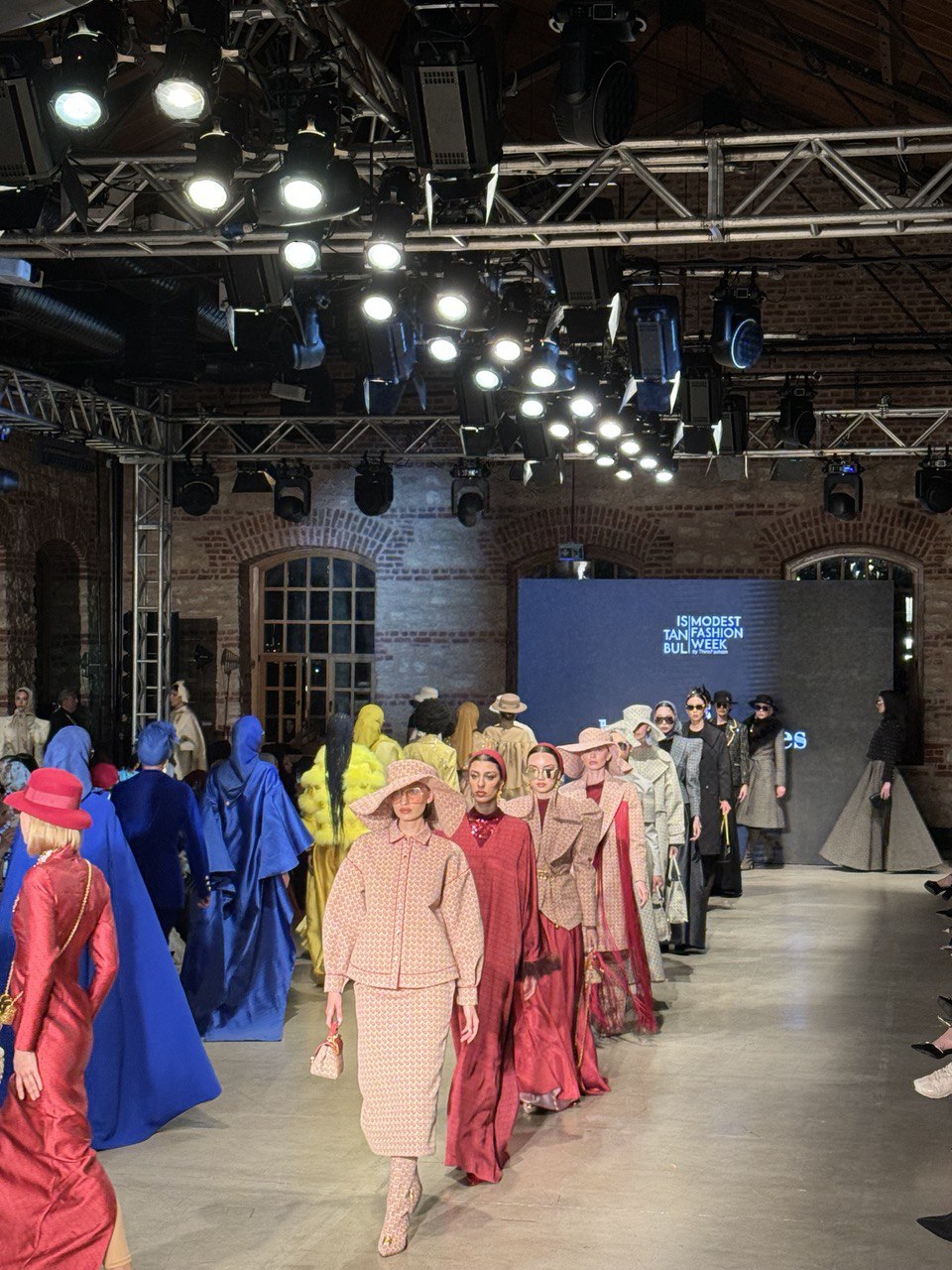In 400 bc some Greek women dyed their hair; in the Roman period, dyeing and bleaching were common. Japanese women used lacquer (a precursor of modern-day hair spray) to secure their elaborate coiffures. Whatever the style, there have been groups of people who made their living and built their reputations by cutting, shaving, curling, and styling the hair.
What is a Hairdresser?
A hairdresser specializes in cutting, styling, coloring, and treating hair. These professionals work in salons, spas, or freelance settings, catering to clients of various ages, genders, and hair types.
Hairdressers possess expertise in using a wide range of tools and products to achieve desired hairstyles, including scissors, razors, blow dryers, curling irons, and various hair care products. They consult with clients to understand their preferences and recommend suitable hairstyles based on factors such as face shape, hair texture, and lifestyle.
Duties and Responsibilities
The duties and responsibilities of a hairdresser encompass a wide range of tasks related to hair care, styling, and customer service. Here are some key responsibilities:
Hair Cutting and Styling: Hairdressers are skilled in cutting and styling hair according to clients’ preferences and facial features. They use various techniques, tools, and products to achieve desired looks, whether it’s a simple trim, a layered cut, or an intricate hairstyle for a special occasion.
Hair Coloring and Treatment: Hairdressers perform hair coloring services, including highlights, lowlights, balayage, and full-color treatments. They also provide hair treatments such as deep conditioning, keratin treatments, and scalp massages to improve the health and appearance of clients’ hair.
Consultation: Before performing any service, hairdressers consult with clients to understand their desired hairstyle, hair type, lifestyle, and maintenance preferences. They offer expert advice and recommendations based on their knowledge and expertise.
Product Recommendation: Hairdressers recommend hair care products, including shampoos, conditioners, styling products, and treatments, to help clients maintain their hairstyle and keep their hair healthy between salon visits.
Customer Service: Providing excellent customer service is a crucial aspect of a hairdresser’s role. They greet clients warmly, listen attentively to their needs, and ensure they feel comfortable and satisfied throughout their salon experience.
Sanitation and Hygiene: Hairdressers maintain cleanliness and hygiene standards in the salon by sanitizing tools, equipment, and workstations regularly. They adhere to health and safety protocols to ensure the well-being of clients and staff.
Continuing Education: To stay current with industry trends and techniques, hairdressers participate in ongoing education and training programs. They attend workshops, seminars, and classes to enhance their skills and expand their knowledge.
Types of Hairdressers
There are several types of hairdressers. Each type of hairdresser requires different skills and expertise, and individuals may choose to specialize in a specific area of hairdressing based on their interests and strengths.



